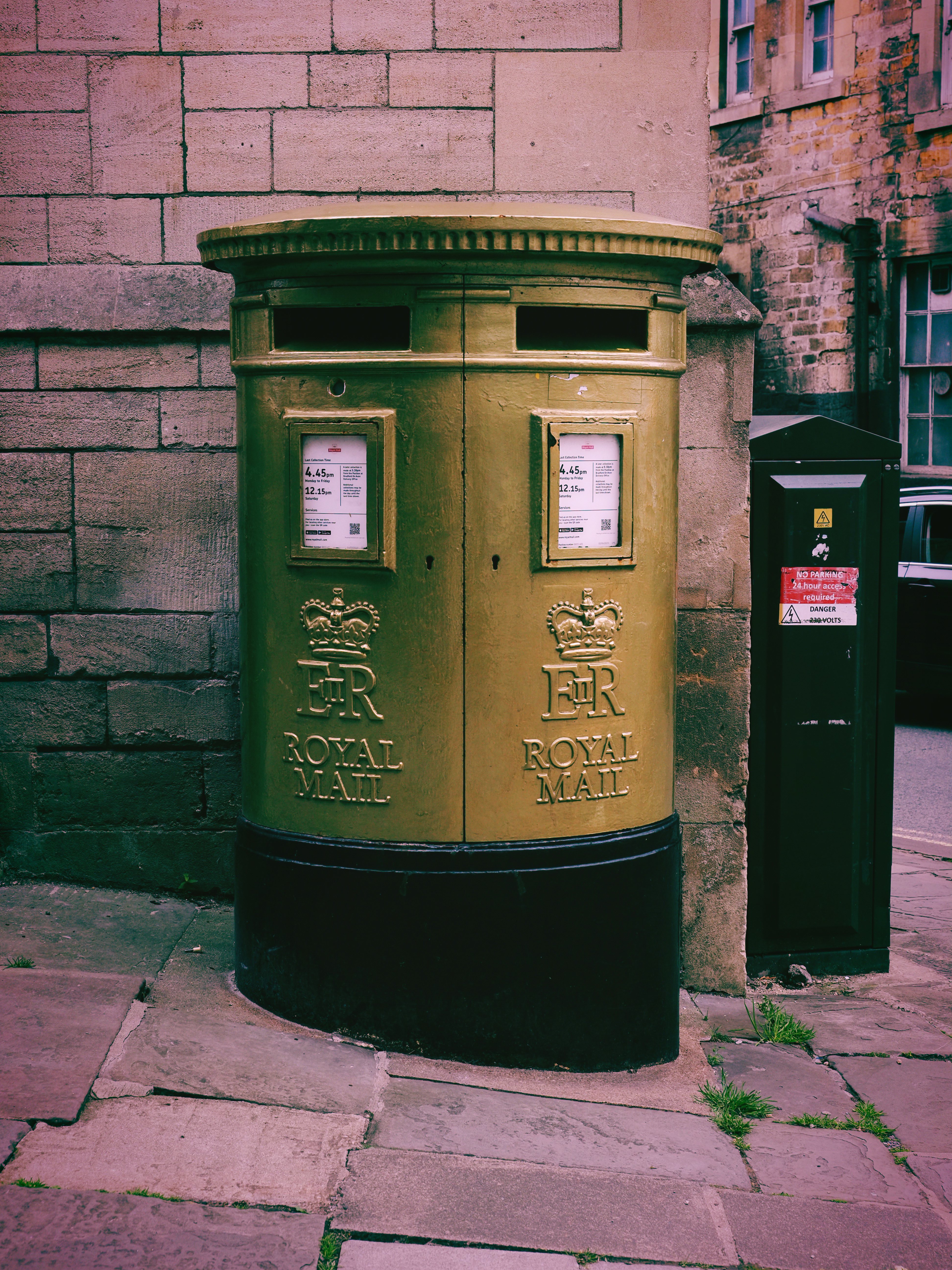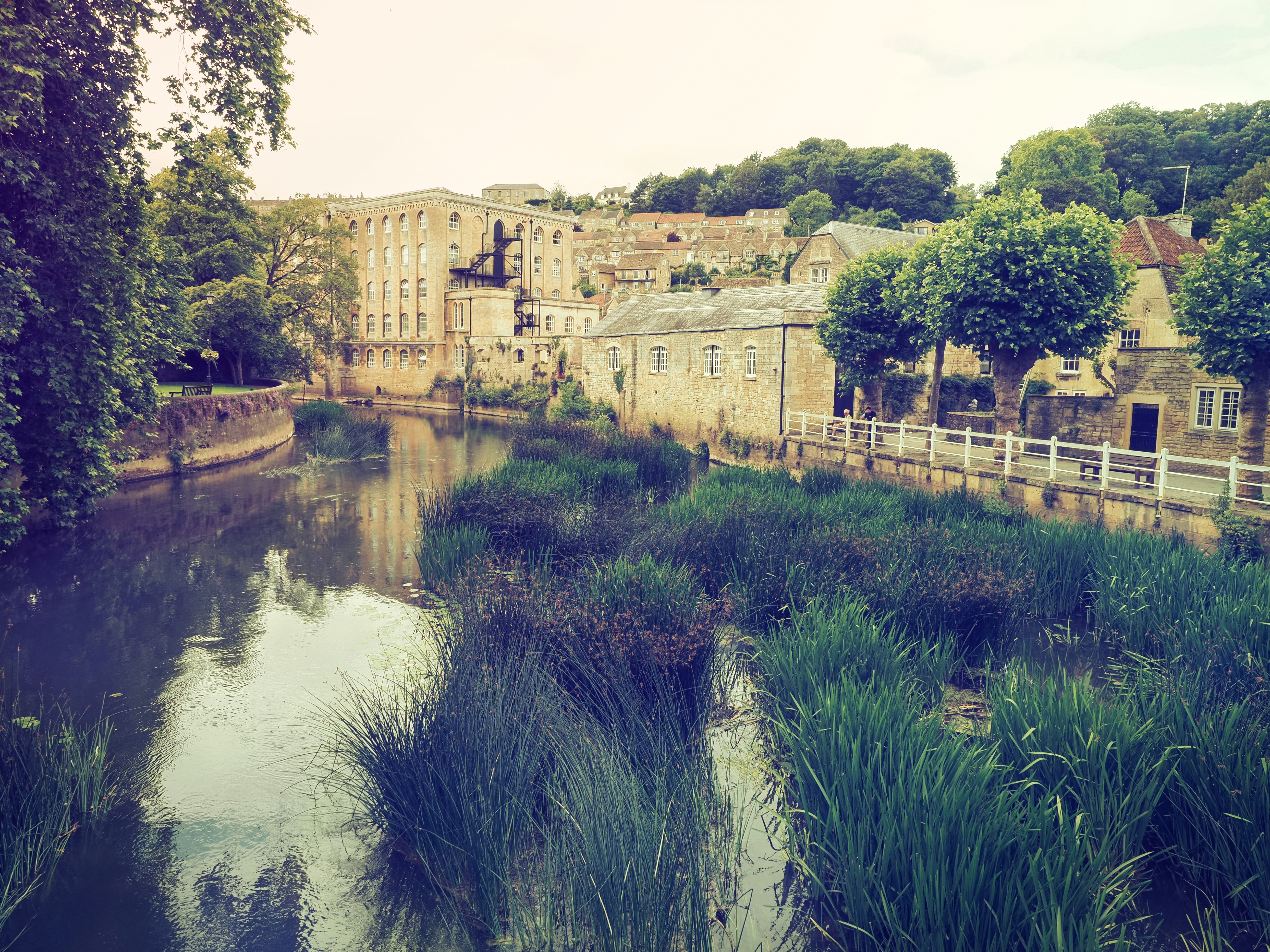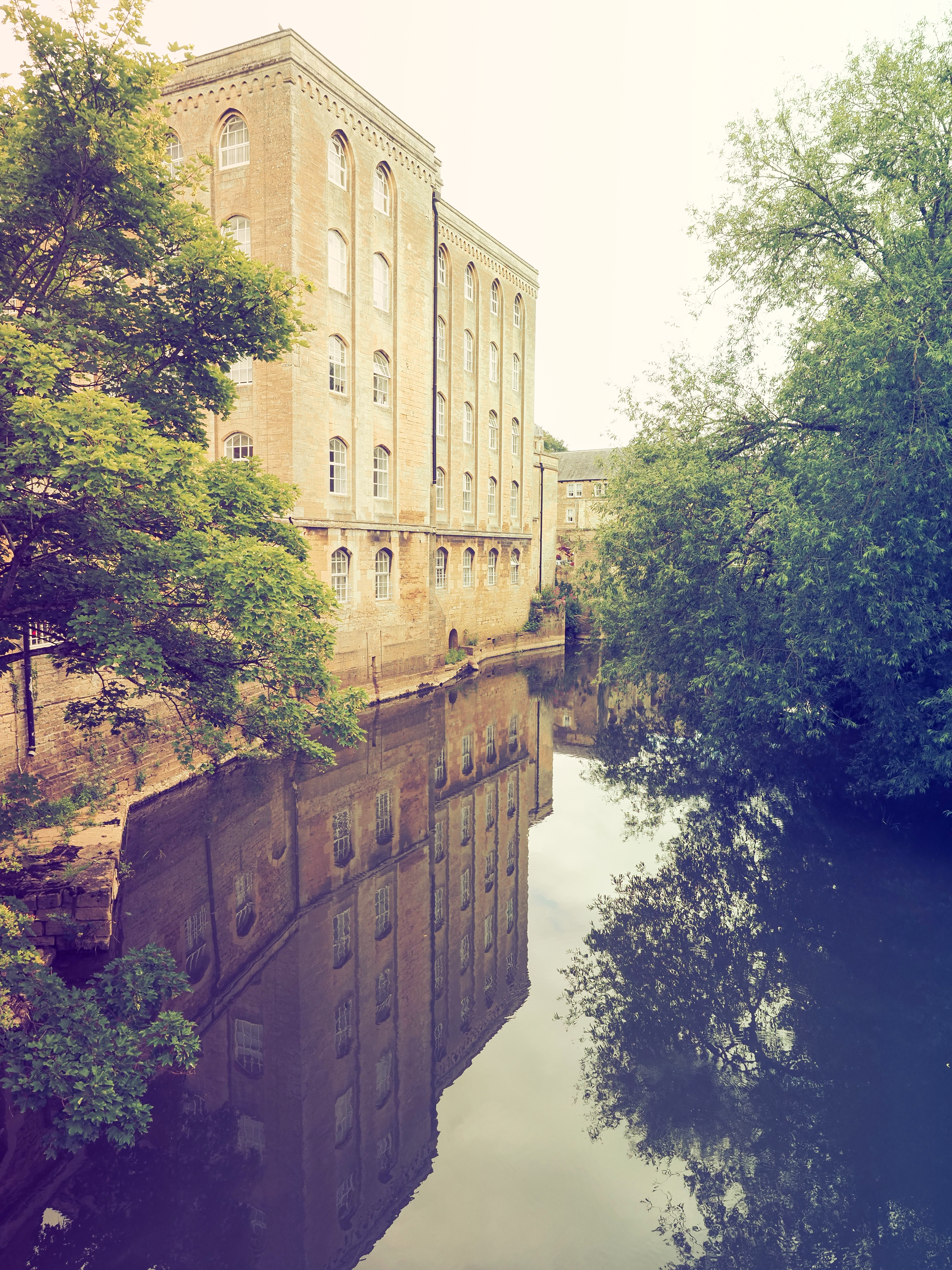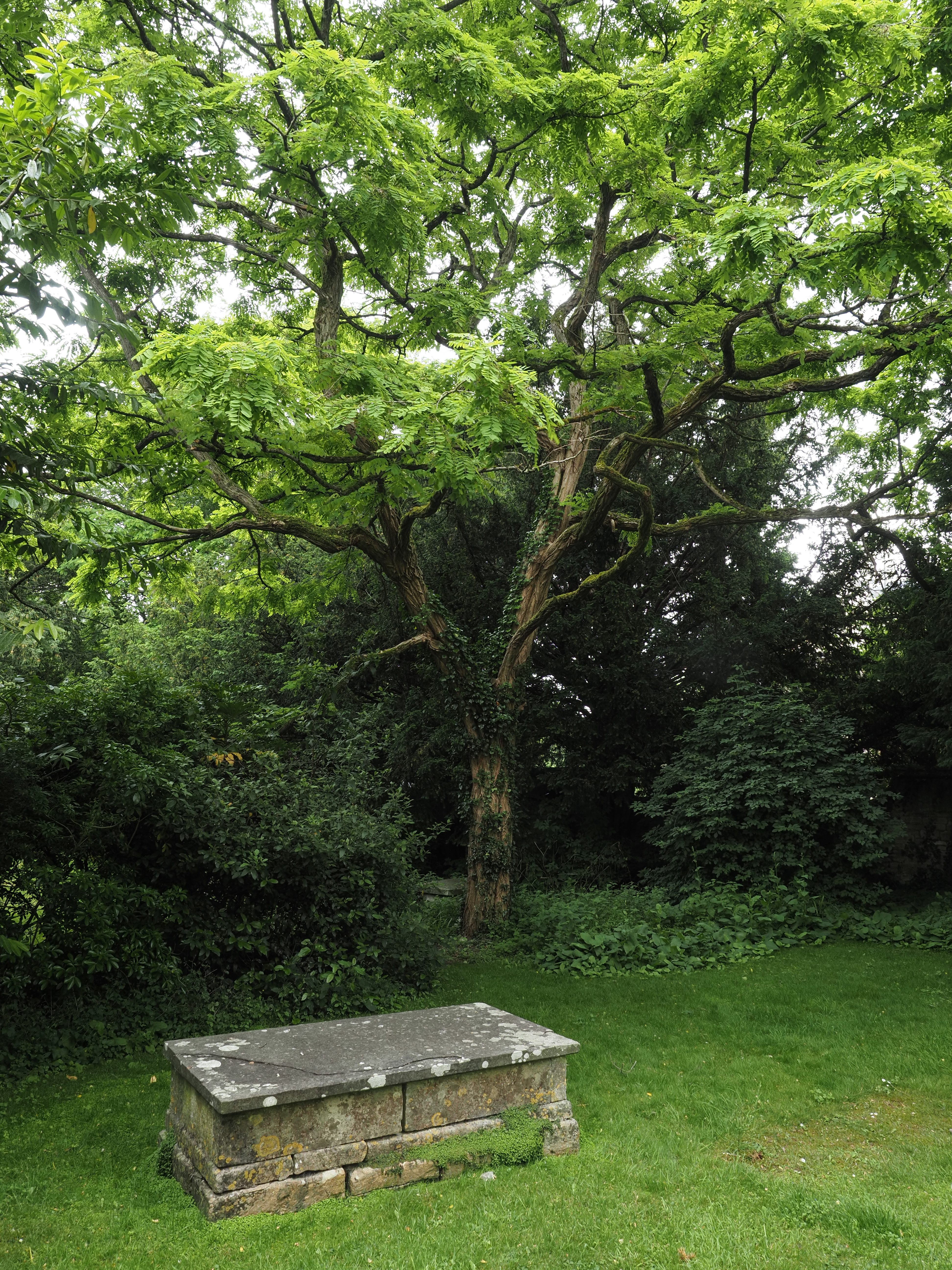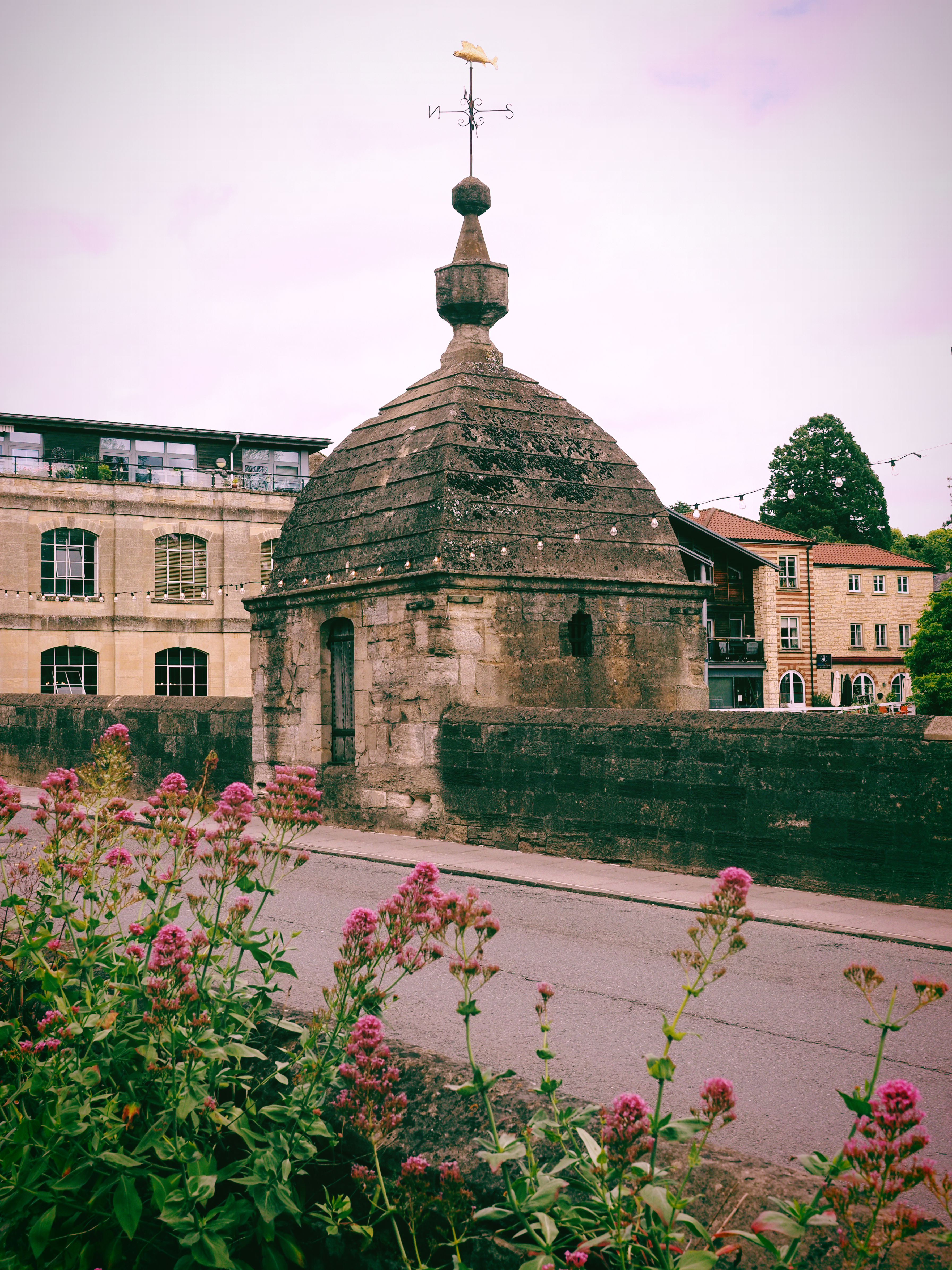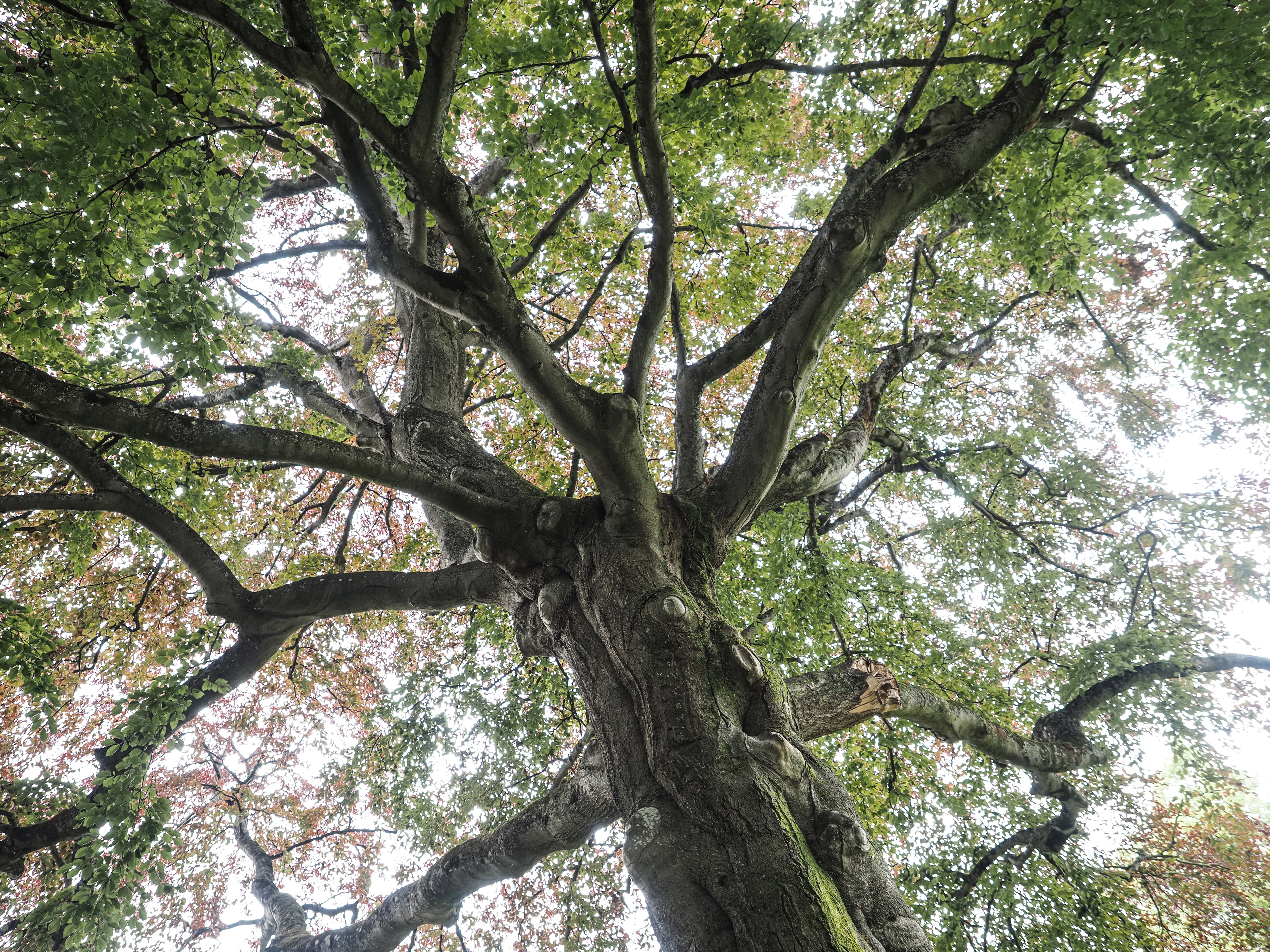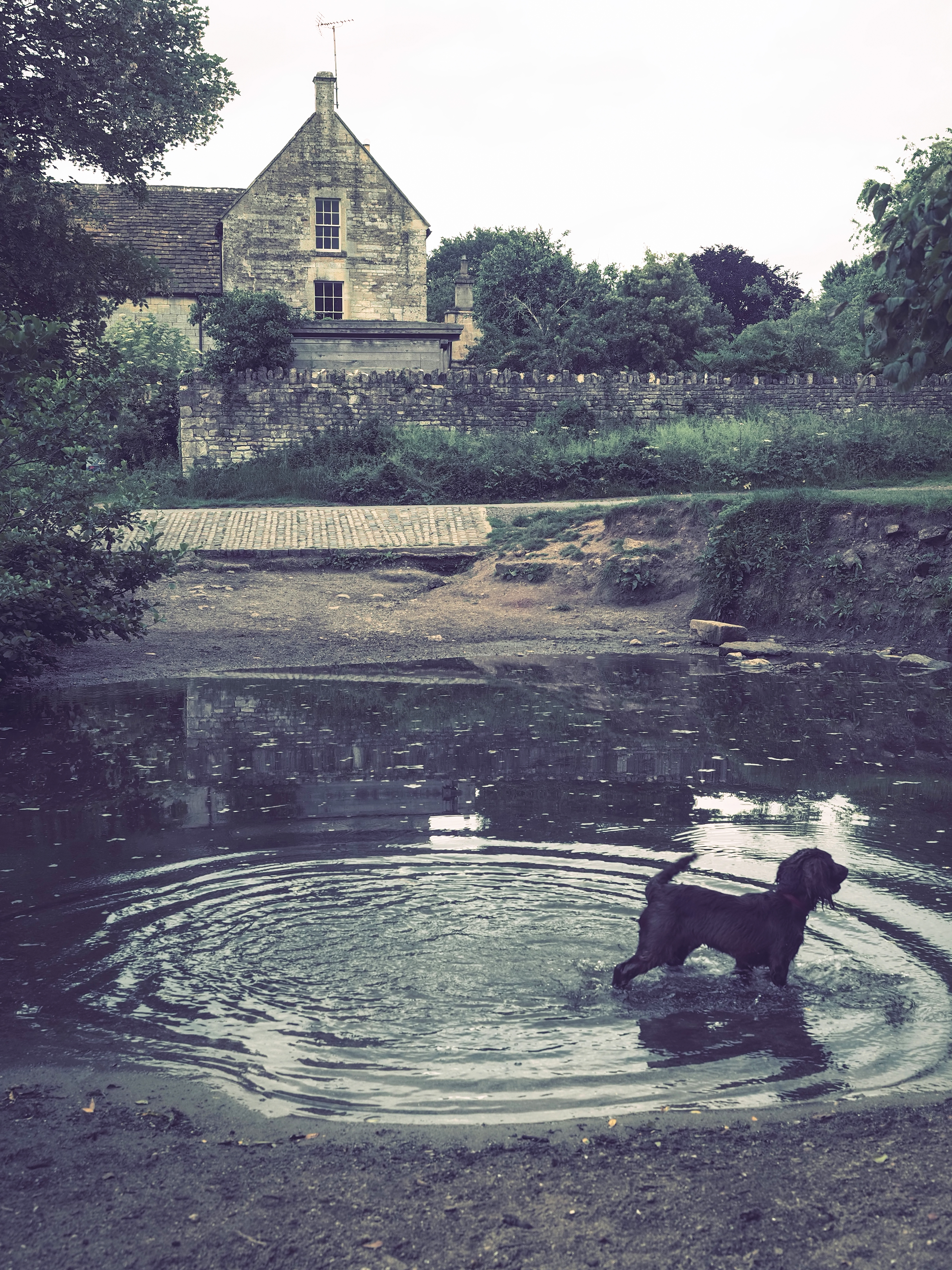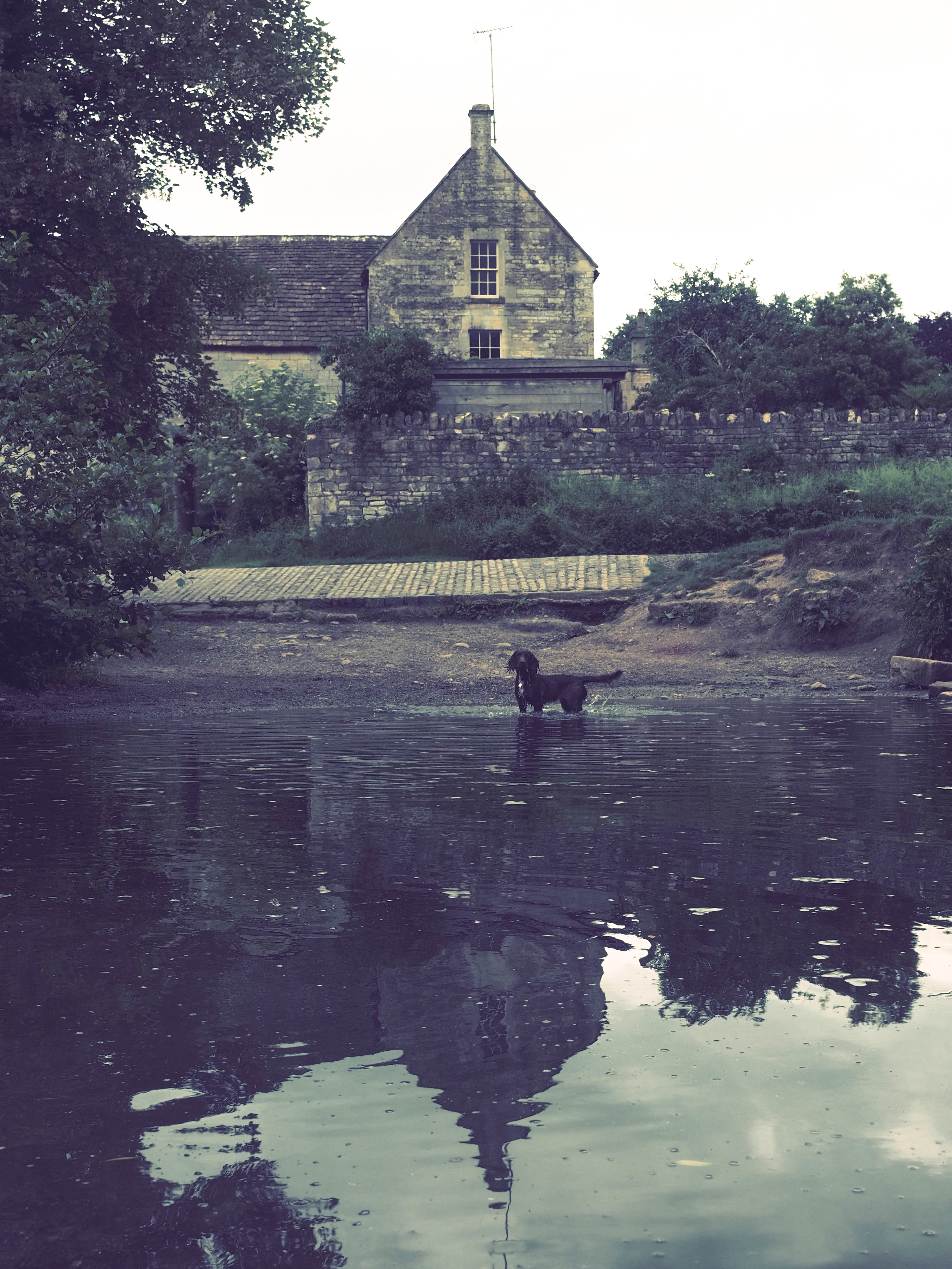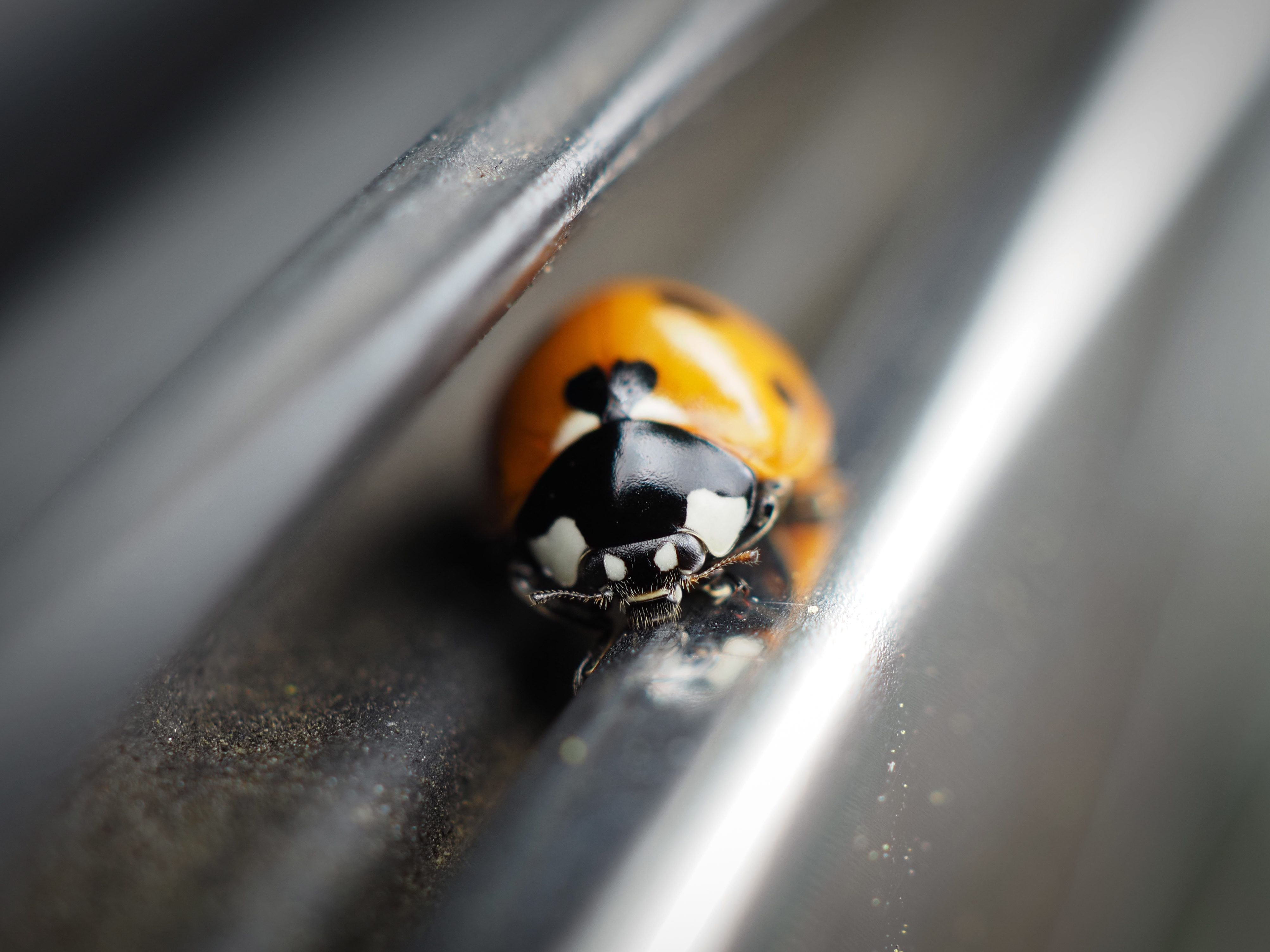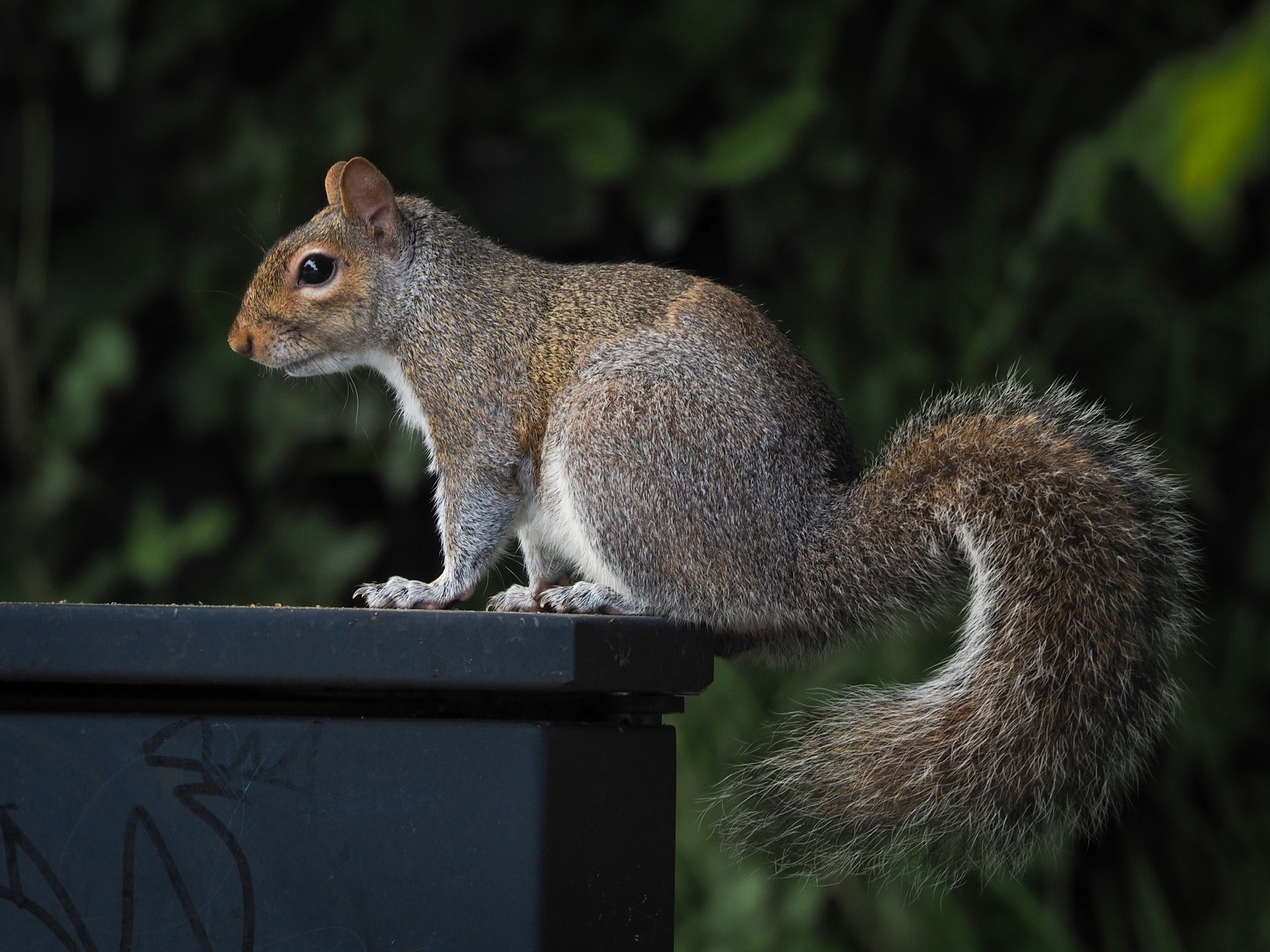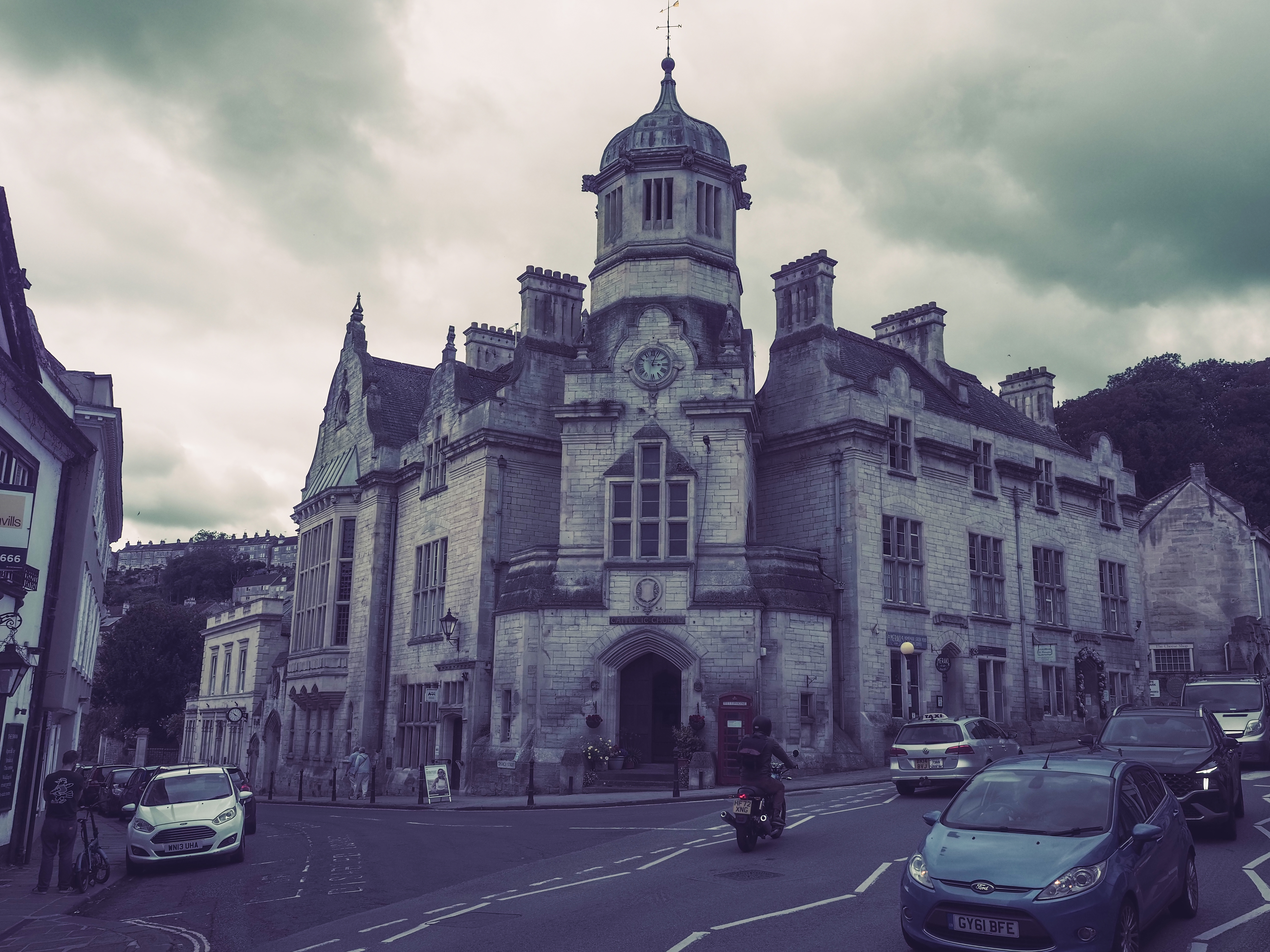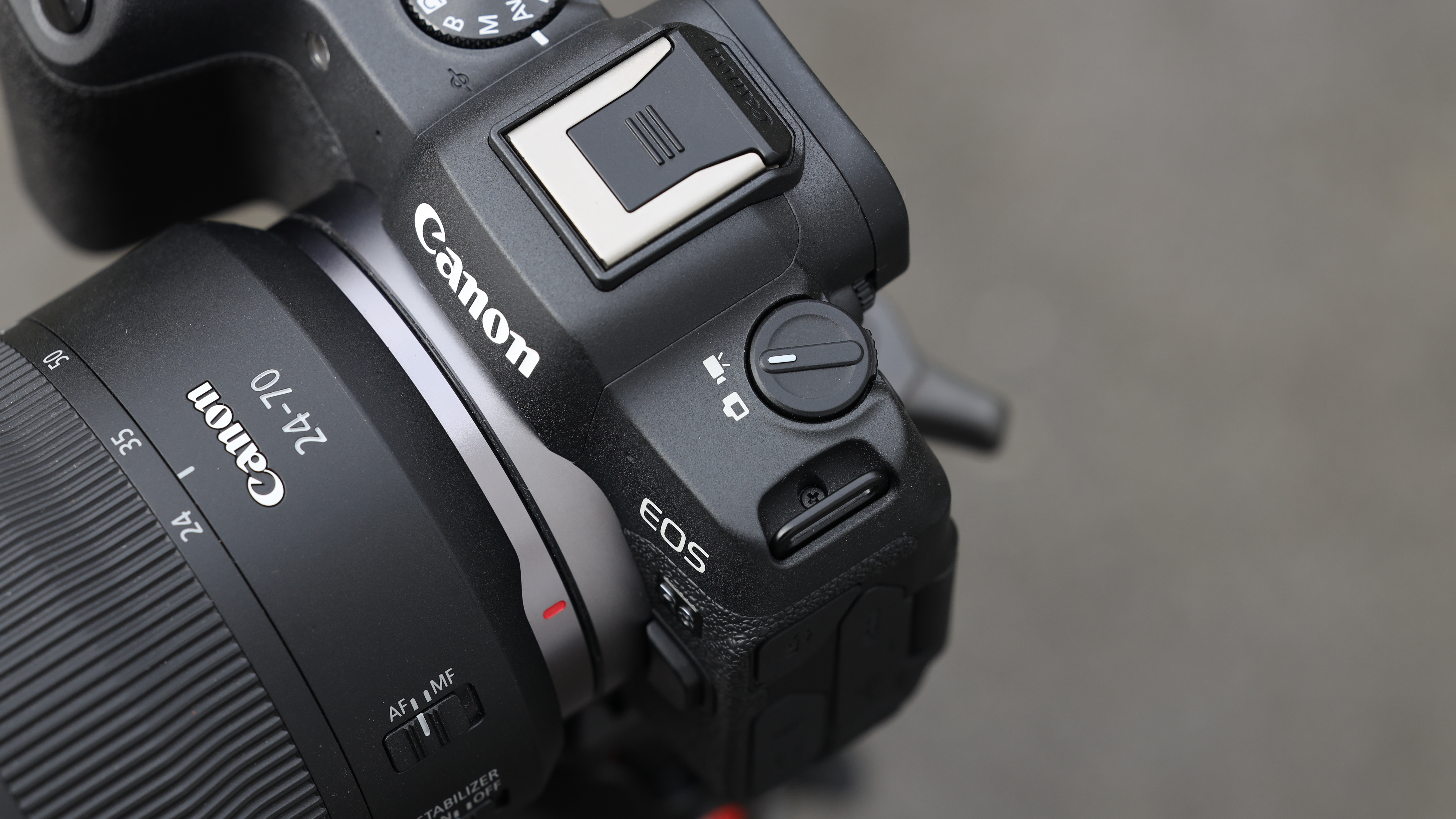OM System OM-5 II sample photo gallery: See what this super compact camera system is capable of
Wanna see what the latest OM System camera can do? Check out these hands-on sample photos from my test
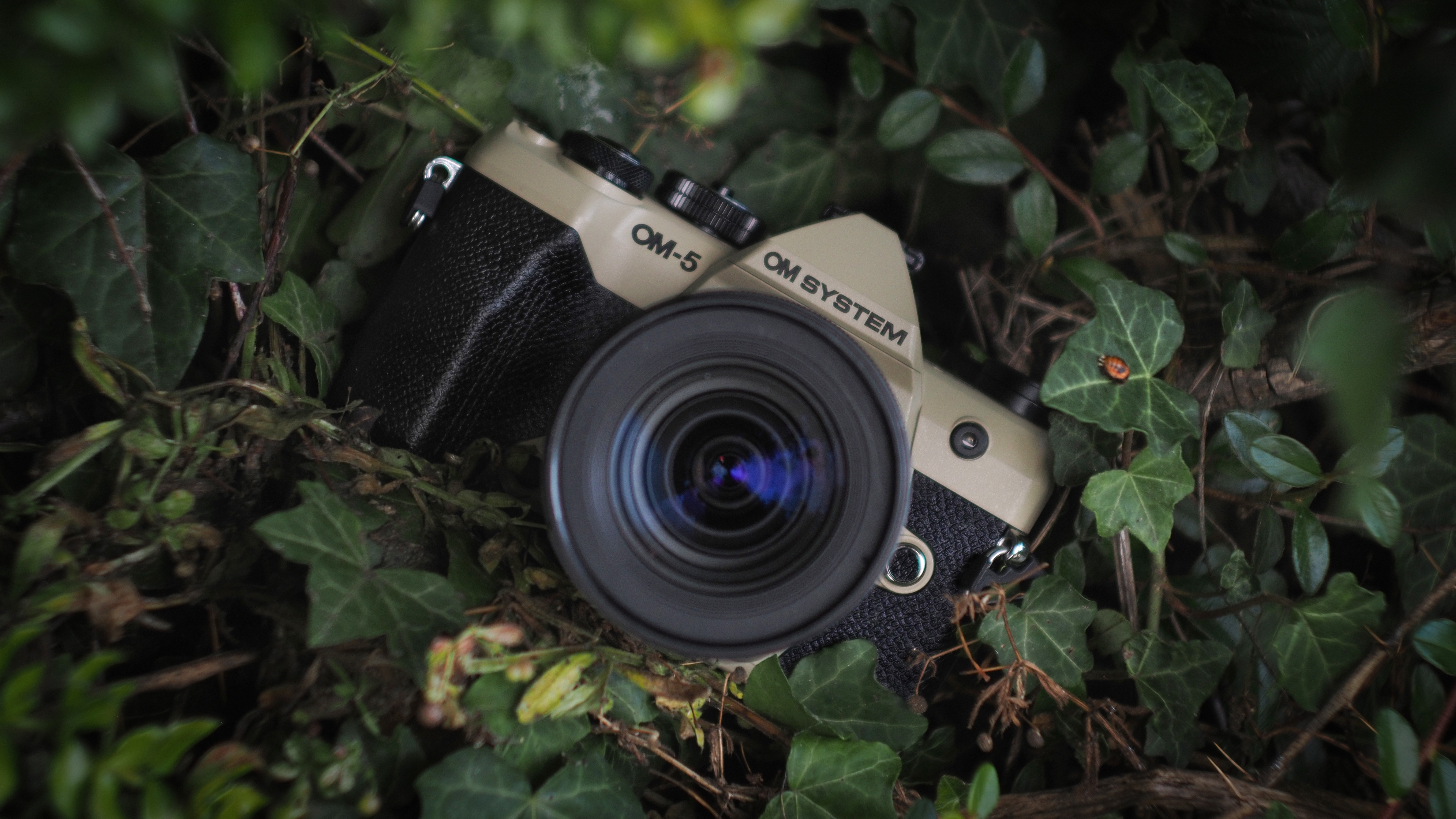
In the course of testing the new OM System OM-5 Mark II, I took thousands of photographs. Admittedly they're not all keepers – you burn through hundreds of shots while using features like Pro Capture, for example, which records the 15 frames before you fully depress the shutter button so that never miss a moment.
Then there's all the photos of test charts and pictures of my DVD shelves as I fiddled with different settings and features… but beyond all that, I took some halfway reasonable photos in the course of producing my OM System OM-5 Mark II review. And I think they're useful to share with you, to give an idea of what the camera can do.
A post shared by Digital Camera World (@digitalcameraworldofficial)
A photo posted by on
In case you missed it, this camera packs a 20.4MP Micro Four Thirds image sensor – though it's capable of pixel shift shooting for up to 80MP photographs. It packs 10fps burst shooting with full AF (or 30fps with AF locked), and it boasts amazing computational photography tricks (accessible via the CP button) such as Live ND filters – which give you a software-driven 4-stop ND without the need for a physical filter!
Often overlooked, however, are the 14 Art Filters. Admittedly some of these are a bit tacky, but others are as good as anything on a Fujifilm camera (heck, one of them is the camera filter that Taylor Swift uses). I've used them liberally here, so you can judge for yourself… here's a real-world look at how the OM System OM-5 Mark II shoots.
OM System OM-5 sample photo gallery
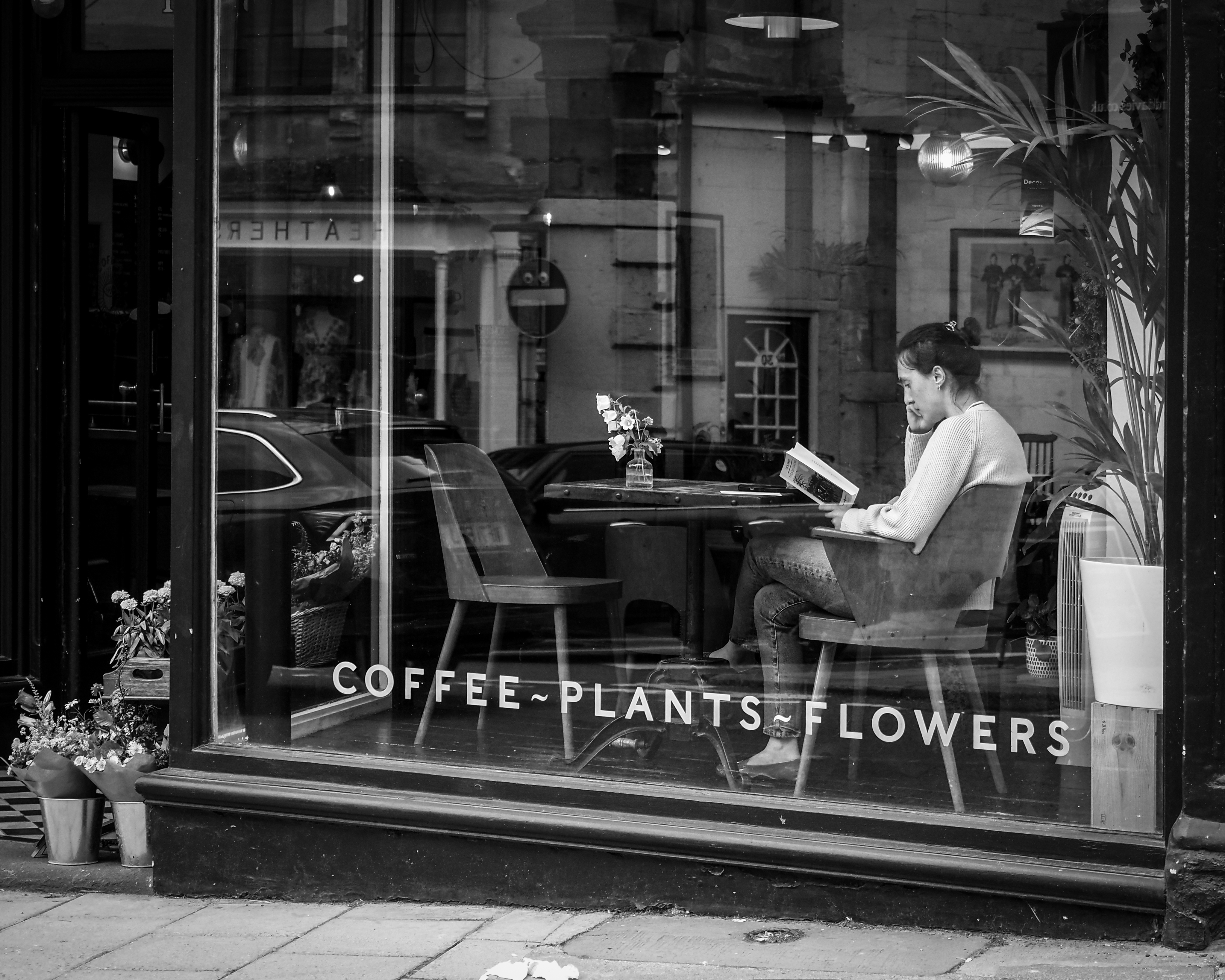
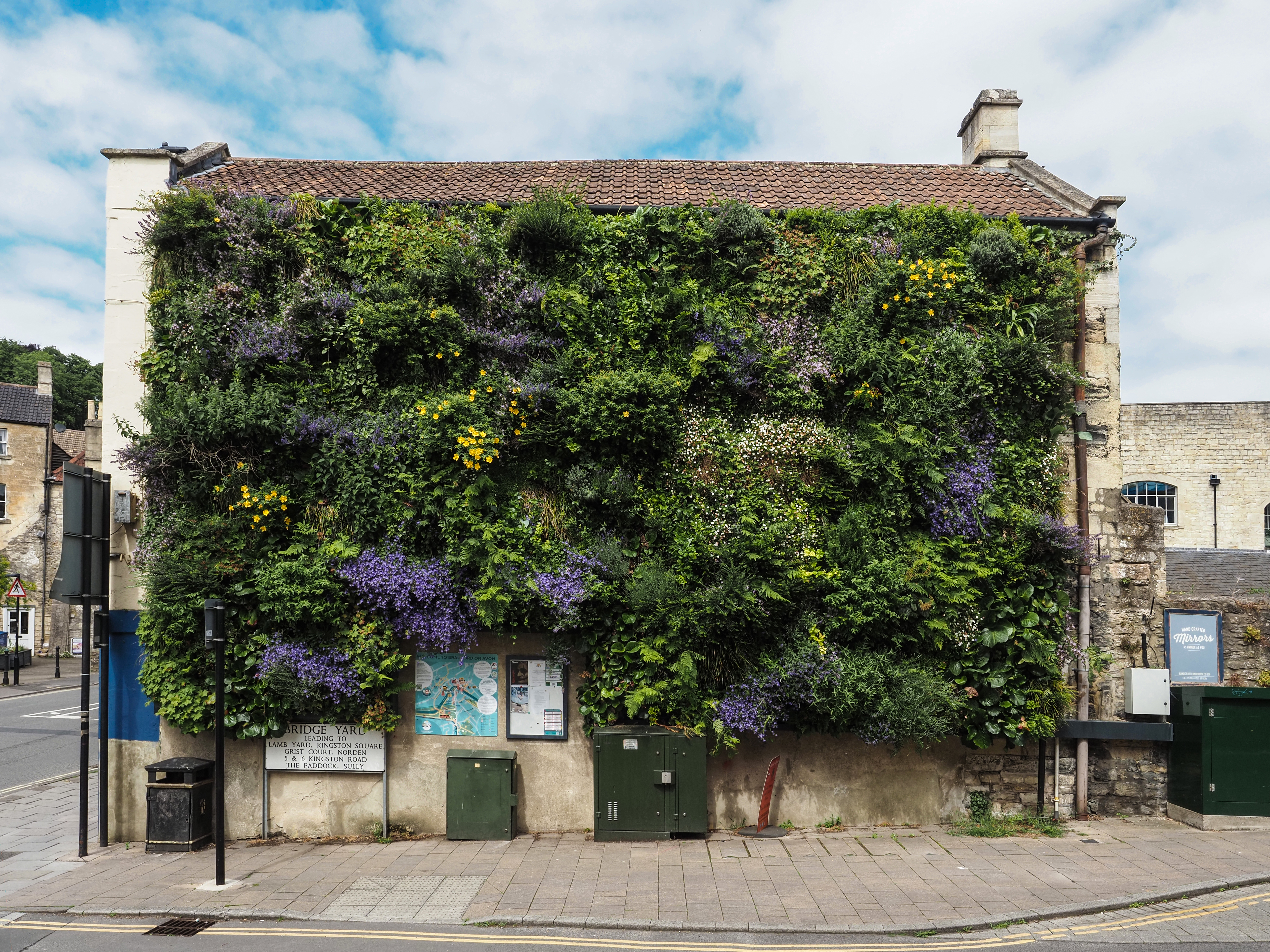

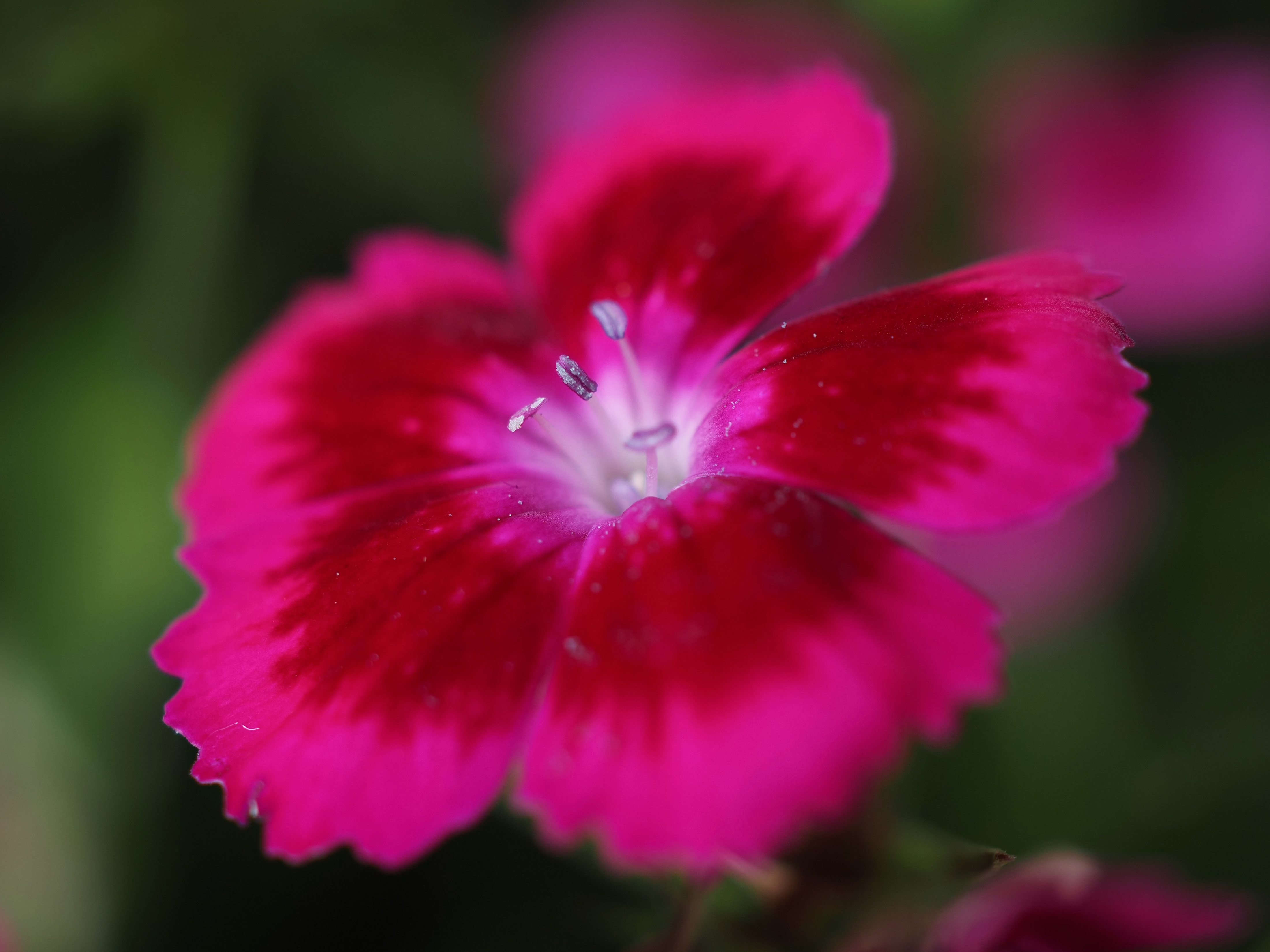
High Res Shot (80MP) mode
And in case you're wondering about the camera's High Res Shot mode, here's an example of how it works.
Obviously when you take a regular photograph with the OM-5 Mark II, it captures it in the standard 20.4MP resolution:
However, when you enable High Res Shot mode, the camera takes multiple frames and uses the image stabilization system to shift the sensor between shots – then stitches them together to create a 50MP or 80MP image:
The best camera deals, reviews, product advice, and unmissable photography news, direct to your inbox!
To save you pixel peeping, here are a 100% crops of both images so you can see exactly what the difference in resolution looks like:
This obviously gives you far more firepower than the camera's native 20.4MP resolution. However, there is a catch; because multiple frames are being taken while the sensor is being shifted, any motion in your frame will be rendered as movement artifacts.
Thus, High Res Shot isn't suitable for subjects that are moving. Still life, architecture, cityscapes and so on are ideal, but even natural landscapes can create problems – if there is movement in leaves, branches or water, you can see some strange effects in the final photo.
You might also like…
Take a look at the best OM System / Olympus cameras and the best OM System / Olympus lenses. And don't forget that, as an open standard, any of the best Micro Four Thirds cameras can use any of the best Micro Four Thirds lenses – even if they are made by different manufacturers.

James has 25 years experience as a journalist, serving as the head of Digital Camera World for 7 of them. He started working in the photography industry in 2014, product testing and shooting ad campaigns for Olympus, as well as clients like Aston Martin Racing, Elinchrom and L'Oréal. An Olympus / OM System, Canon and Hasselblad shooter, he has a wealth of knowledge on cameras of all makes – and he loves instant cameras, too.
You must confirm your public display name before commenting
Please logout and then login again, you will then be prompted to enter your display name.



